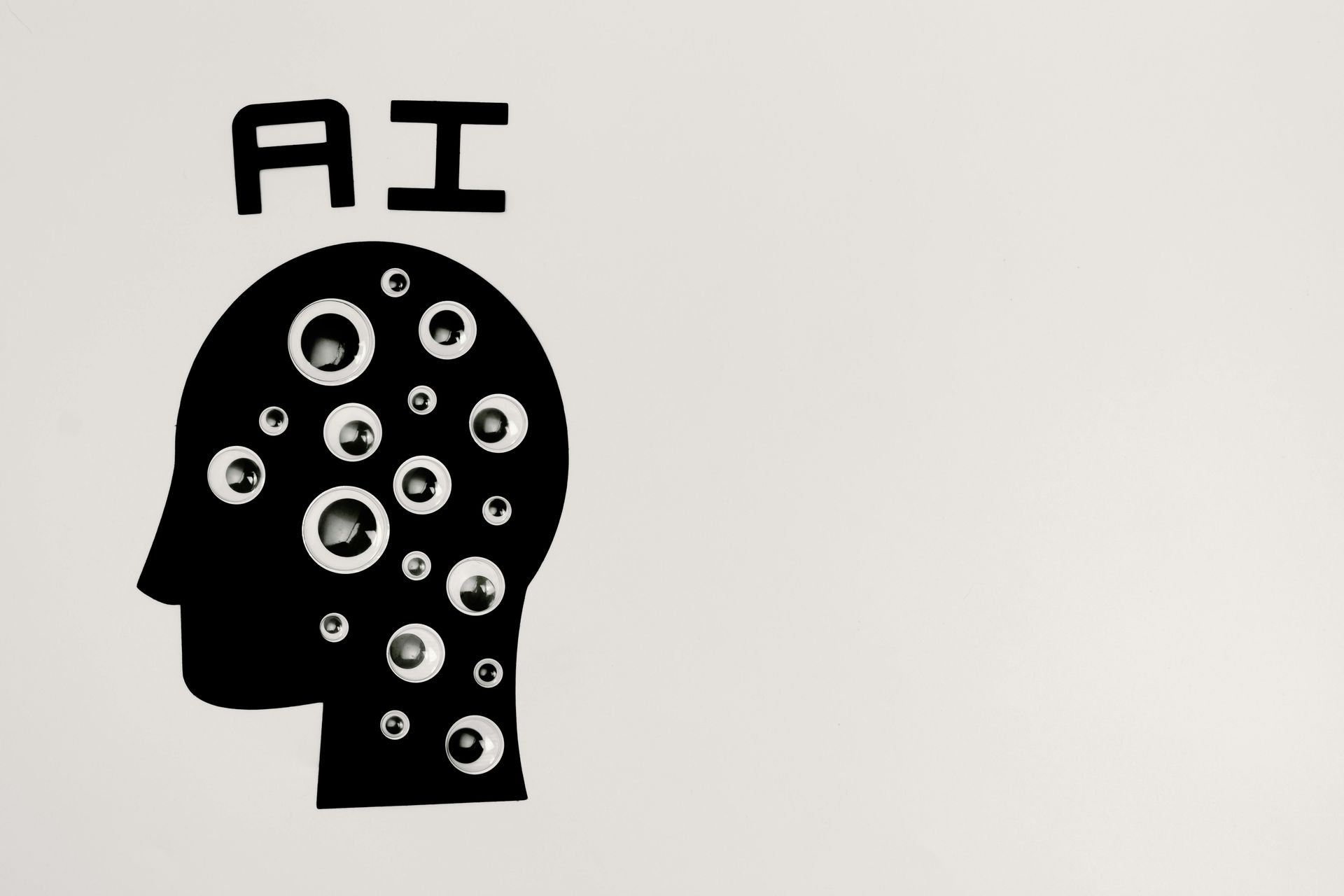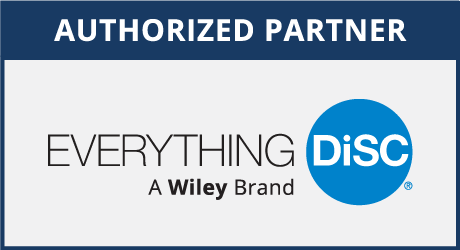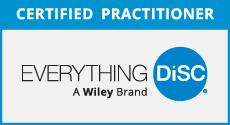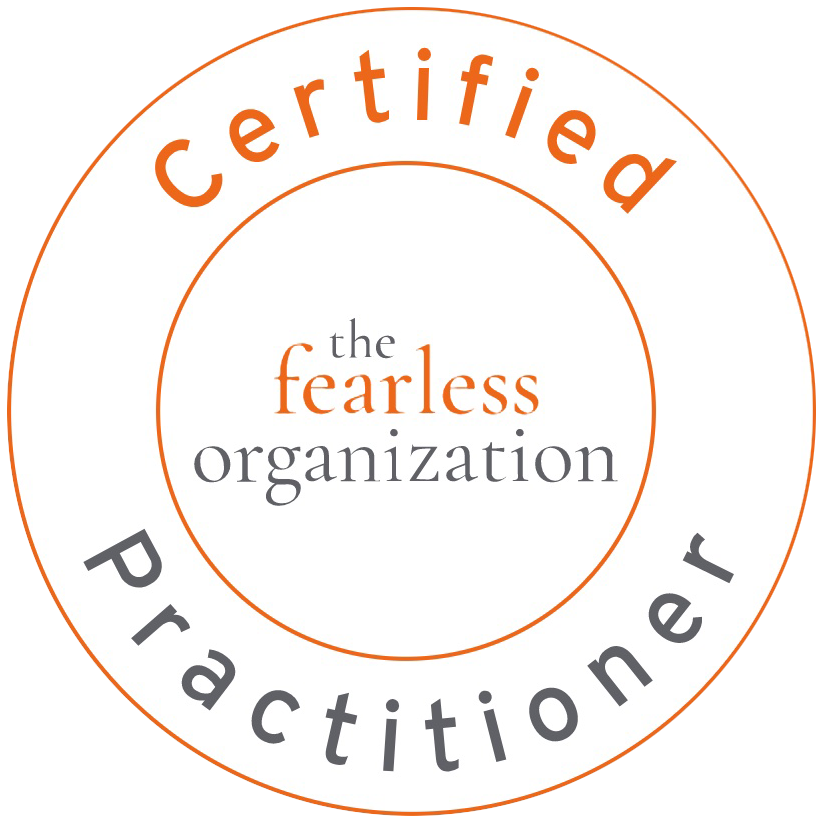
8 Key Risks Associated With AI in the Workplace
AI brings numerous benefits to workplaces, but it also introduces risks.
Here are 8 key risks associated with AI in the workplace that need to be carefully managed:
1. Job Displacement
AI has the potential to automate routine and repetitive tasks, which can lead to job displacement for certain roles. While AI creates new job opportunities, there is a risk that some workers may struggle to transition to new roles without adequate training and support.
2. Bias and Discrimination
AI systems can inadvertently perpetuate biases present in their training data. This can lead to discriminatory outcomes in areas such as hiring, promotions, and performance evaluations. For example, an AI-powered recruitment tool might favor certain demographics over others if the training data is biased.
3. Privacy and Security Concerns
AI systems often require large amounts of data to function effectively. This raises concerns about data privacy and security. Unauthorized access to sensitive data or misuse of personal information can lead to significant privacy breaches.
4. Lack of Transparency
AI algorithms can be complex and opaque, making it difficult to understand how decisions are made. This lack of transparency can lead to mistrust among employees and stakeholders, especially if AI-driven decisions are perceived as unfair or biased.
5. Ethical and Legal Issues
The use of AI in the workplace raises various ethical and legal questions. For instance, who is responsible if an AI system makes a harmful decision? Companies need to establish clear guidelines and frameworks to address these issues and ensure ethical AI use.
6. Cybersecurity Threats
AI can be exploited by malicious actors to launch sophisticated cyberattacks. For example, AI-generated phishing emails can be highly convincing, increasing the risk of successful cyberattacks. Organizations need to implement robust cybersecurity measures to protect against such threats.
7. Dependence on AI
Over-reliance on AI can lead to a loss of critical thinking and problem-solving skills among employees. It’s important for organizations to strike a balance between leveraging AI for efficiency and maintaining human oversight and judgment.
8. Regulatory Compliance
As AI technologies evolve, regulatory frameworks may struggle to keep pace. Organizations need to stay informed about relevant regulations and ensure their AI systems comply with legal requirements. This includes data protection laws, employment regulations, and industry-specific standards.
Mitigating AI Risks
To mitigate these risks, organizations can take several proactive steps:
- Invest in Learning and Development: Provide employees with learning opportunities that help them adapt to new roles and communicate and collaborate better.
- Implement Fairness and Bias Mitigation Strategies: Use diverse training data, conduct regular audits, and establish a team that ensures inclusion and equity in the workplace.
- Enhance Data Privacy and Security: Implement robust data protection measures and ensure compliance with privacy regulations.
- Promote Transparency: Use explainable AI models and communicate how AI-driven decisions are made.
- Establish Ethical Guidelines: Develop clear ethical guidelines for AI use and ensure accountability.
- Strengthen Cybersecurity: Implement advanced cybersecurity measures to protect against AI-driven threats.
- Stay Informed on Regulations: Keep up-to-date with regulatory changes and ensure compliance.
By addressing these risks, organizations can harness the full potential of AI while ensuring a fair, secure, and ethical workplace.
Don't forget to share this post!
New to Our Blog?
The Viewpoint Blog informs, educates, and empowers the professionals of today and tomorrow on HR, business, and sales through 5-minute reads.
RECENT POSTS
Subscribe to Viewpoint
By submitting this form you are opting-in to receive occasional email from AxisTD, which you may unsubscribe from at any time. We respect your privacy.
Like our blog? Show some love, and share.
















